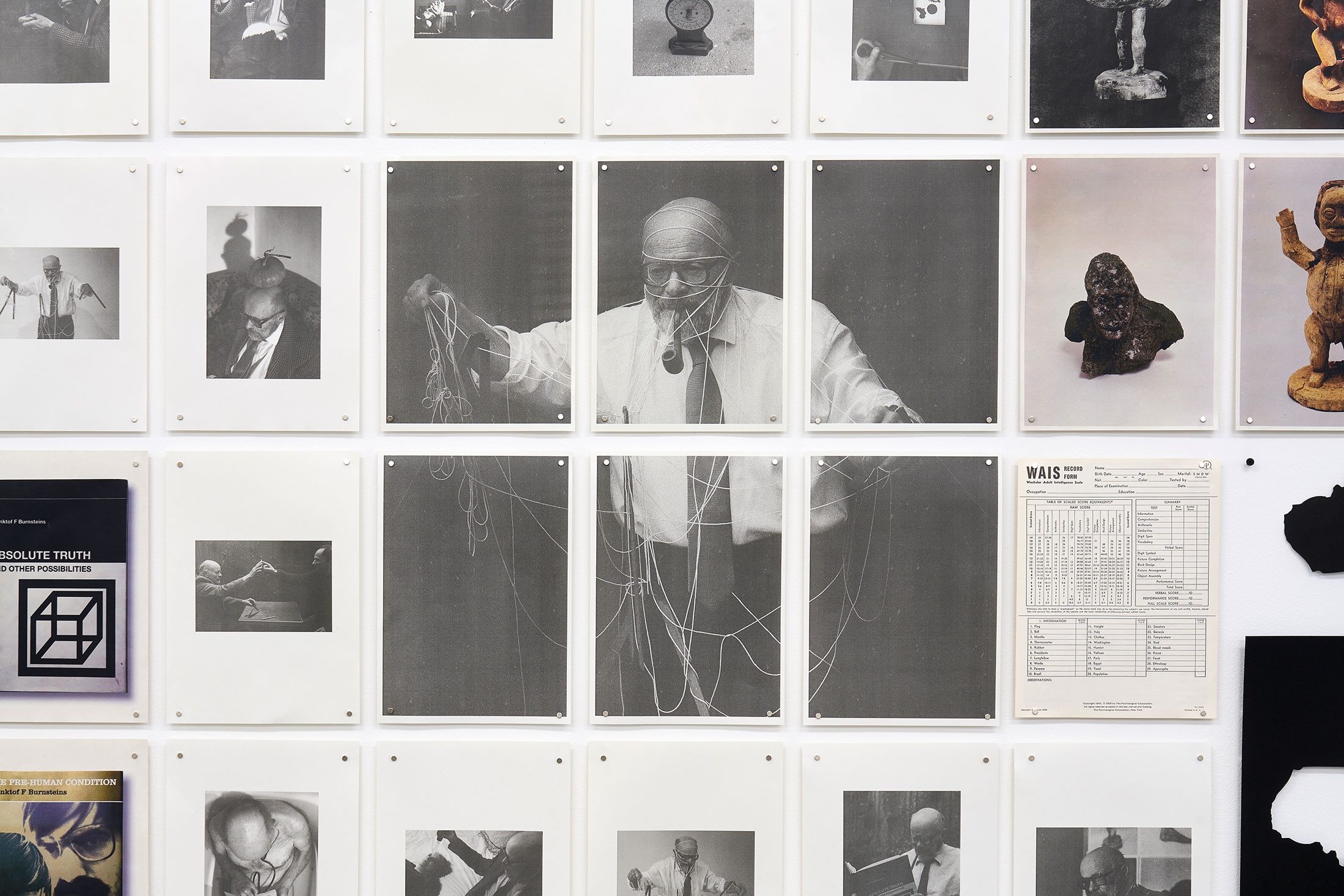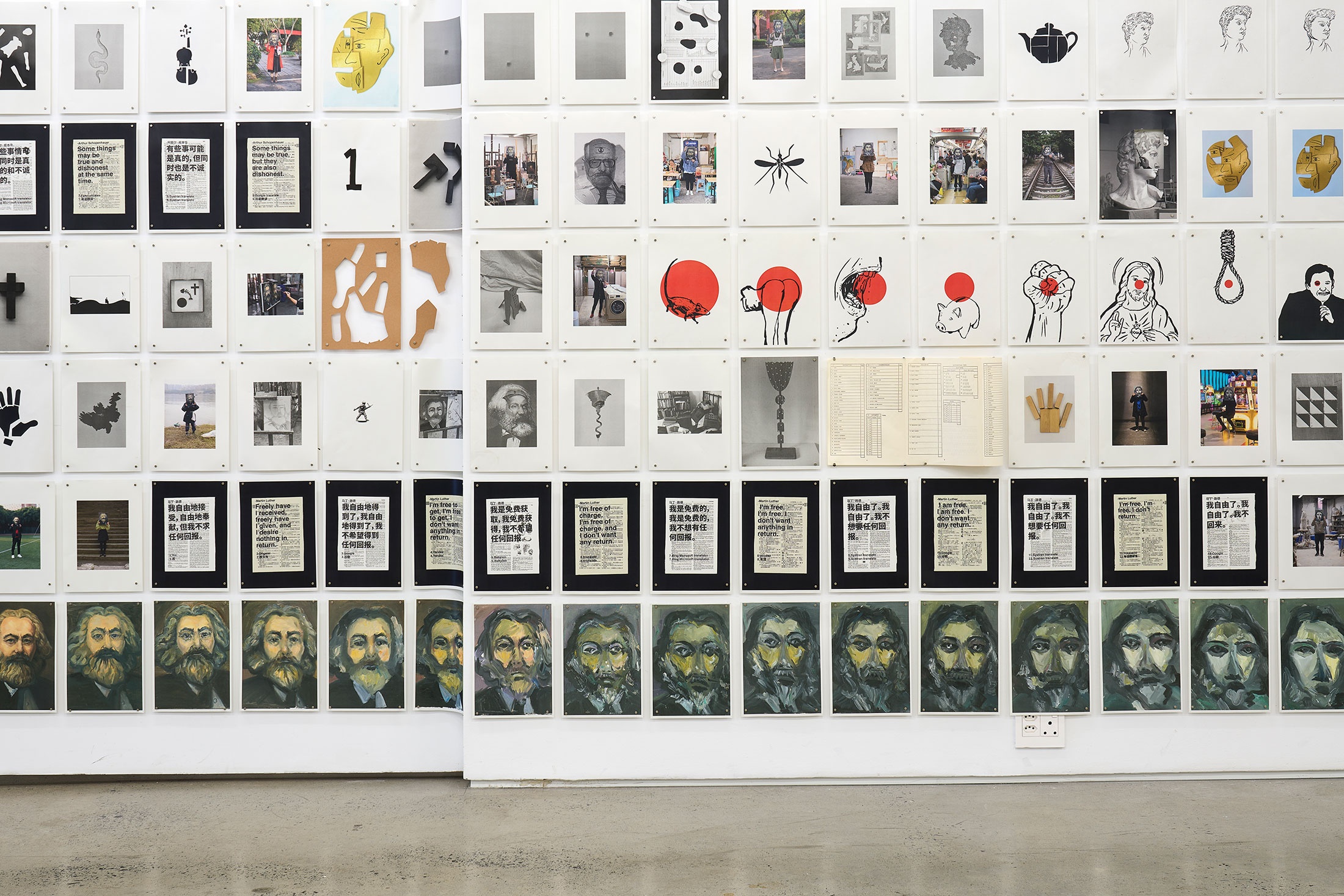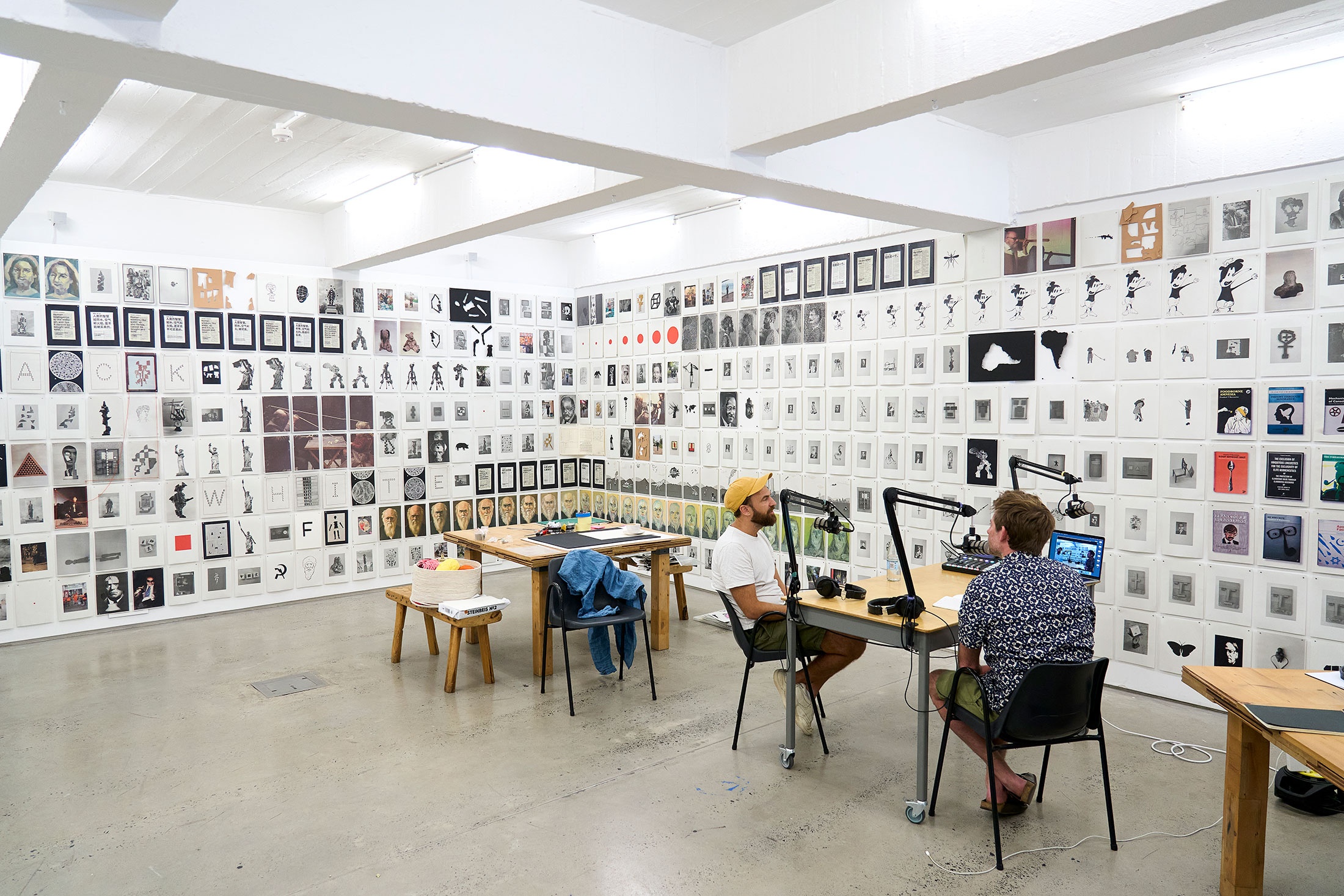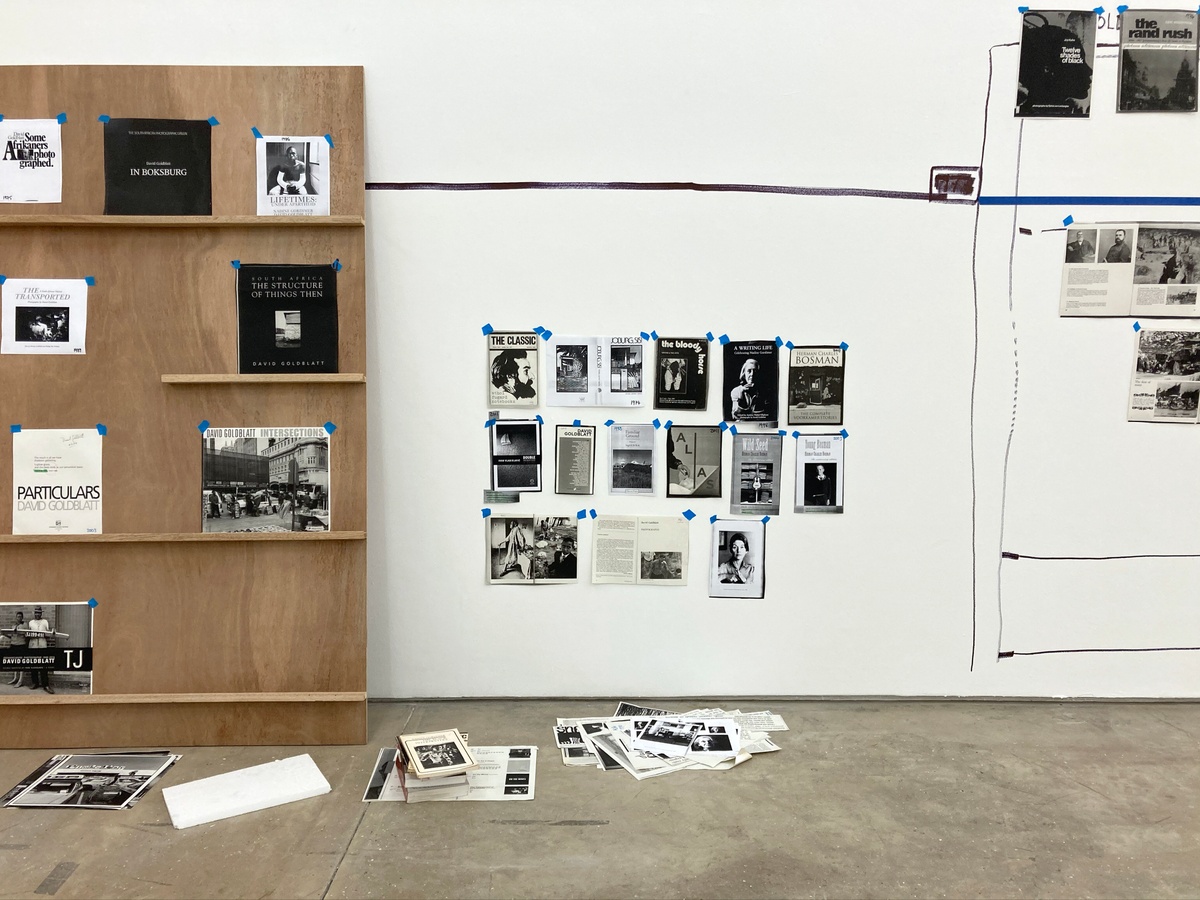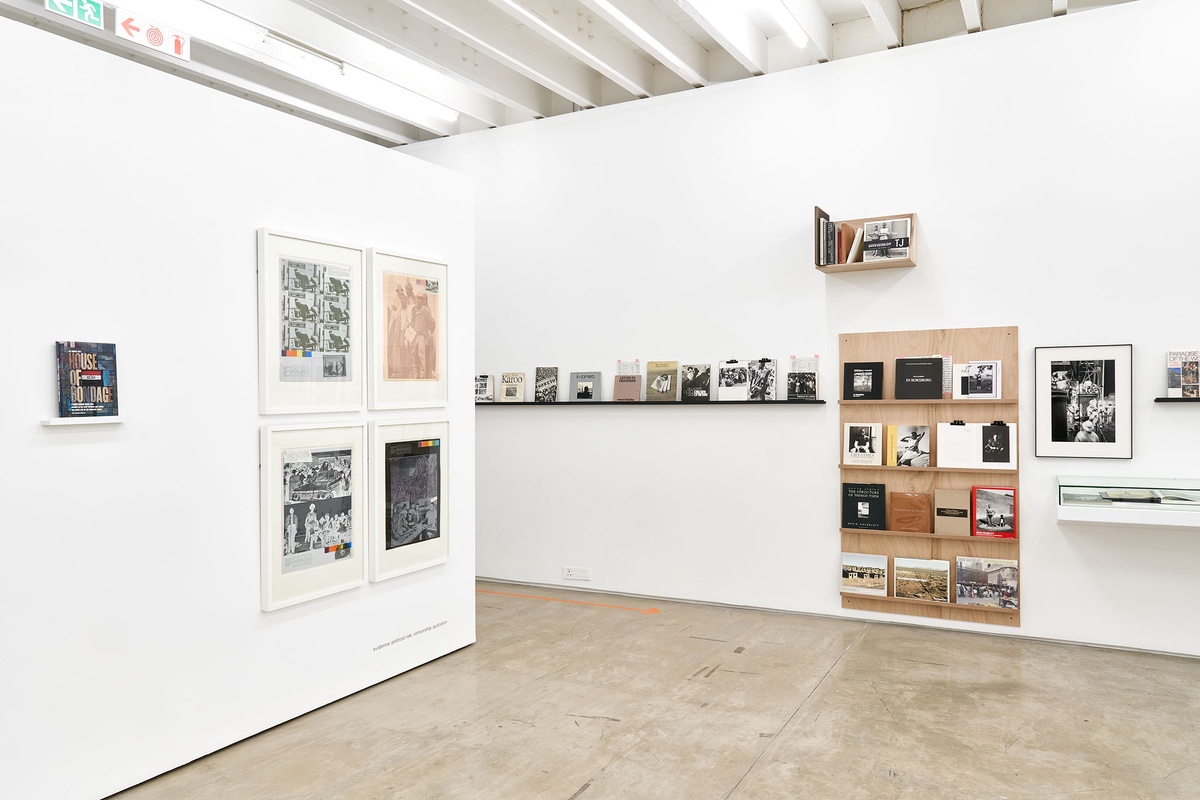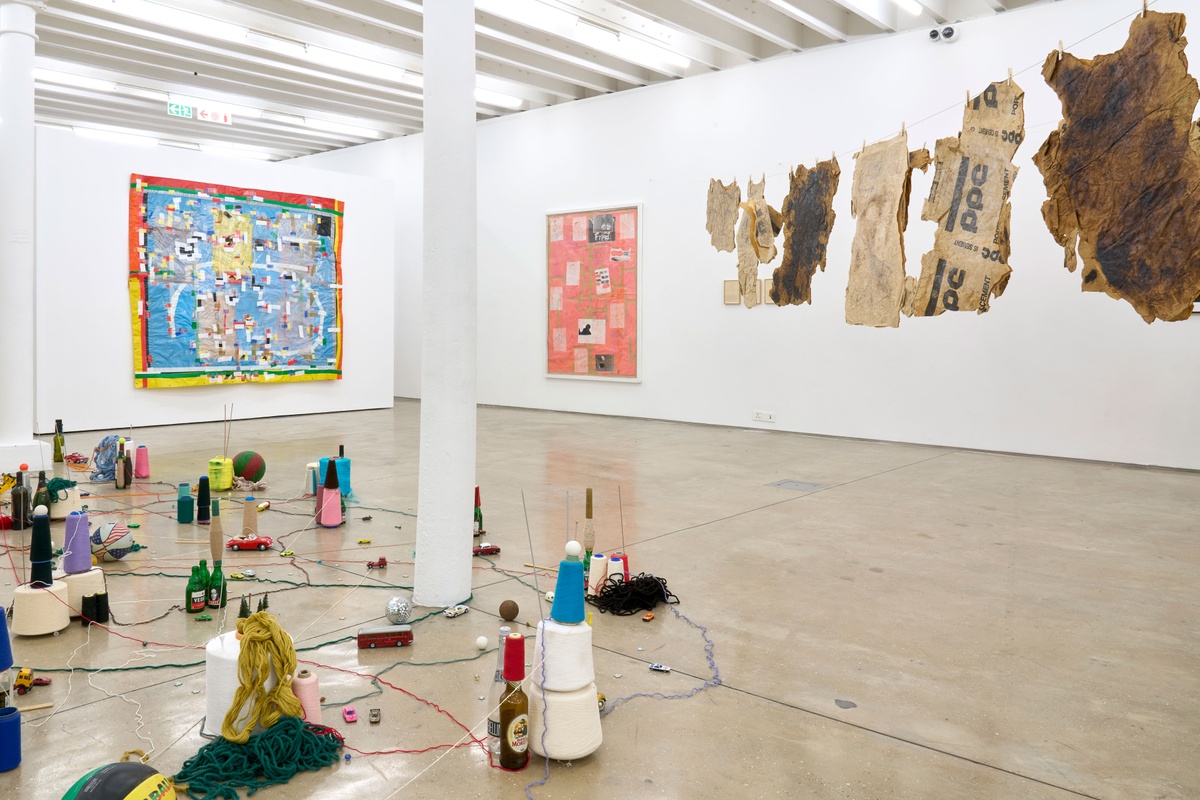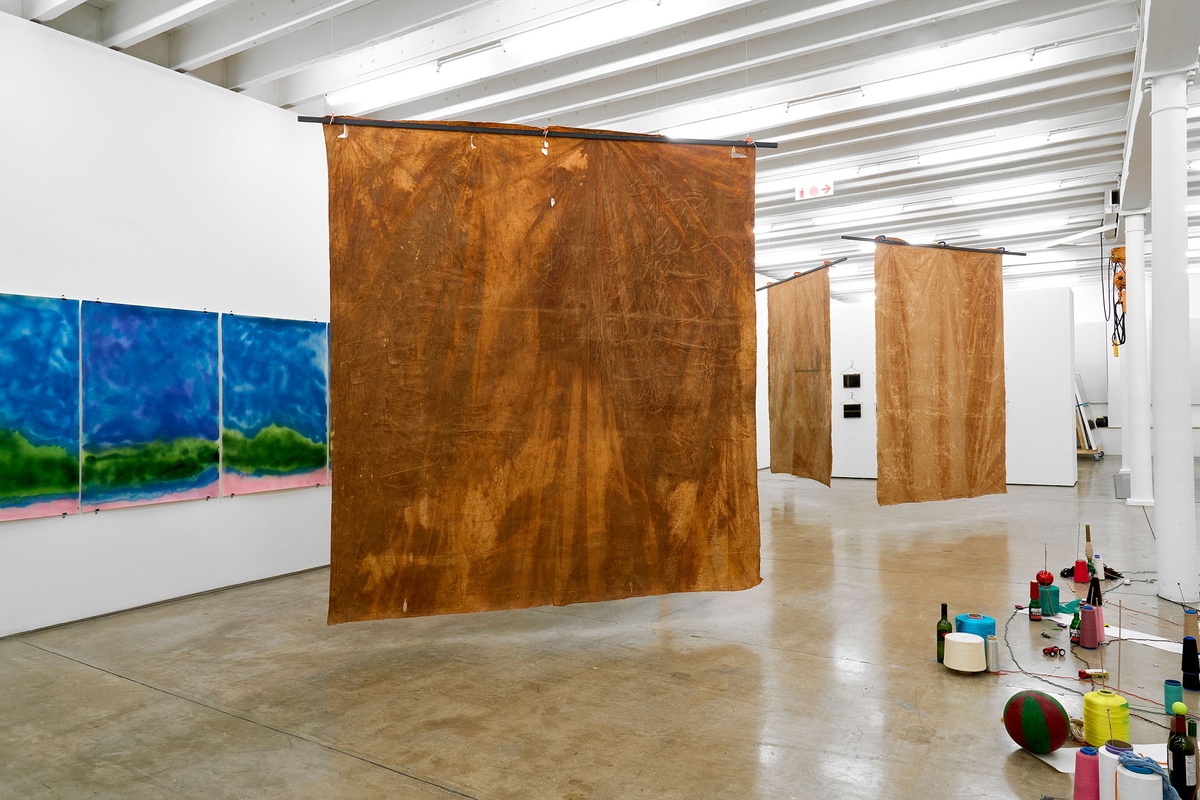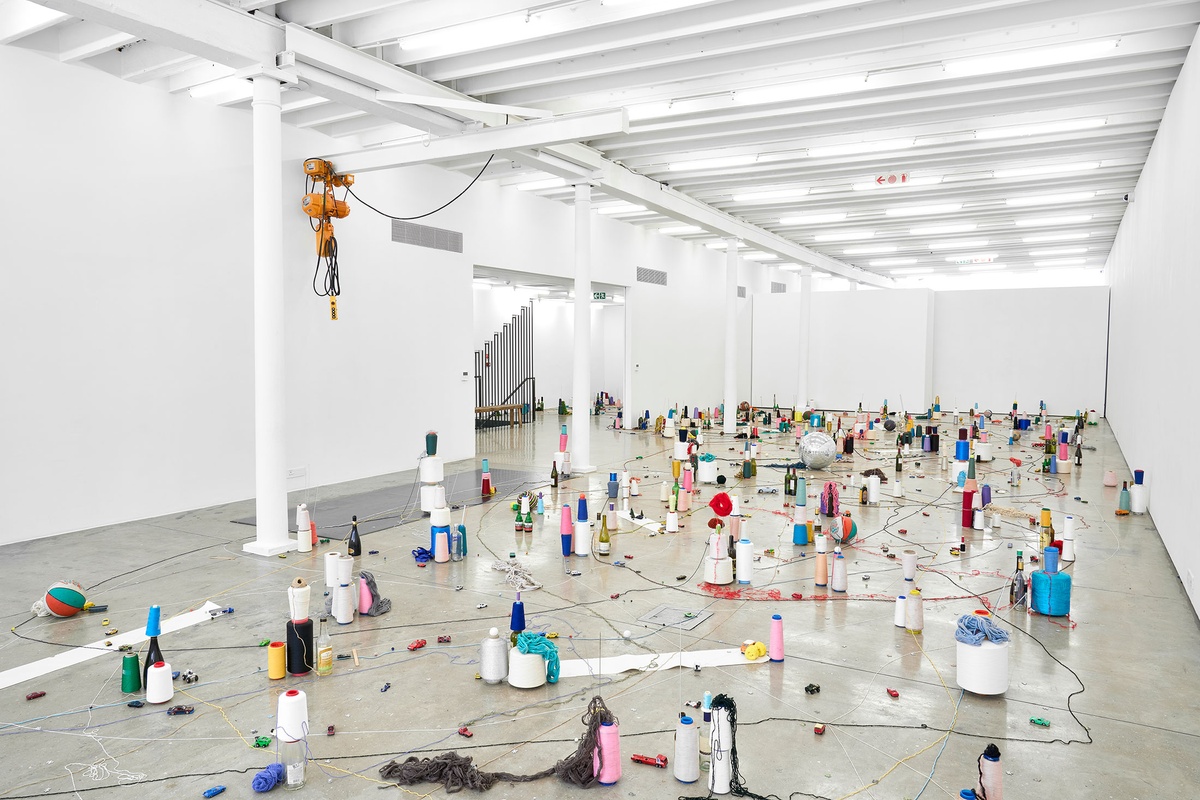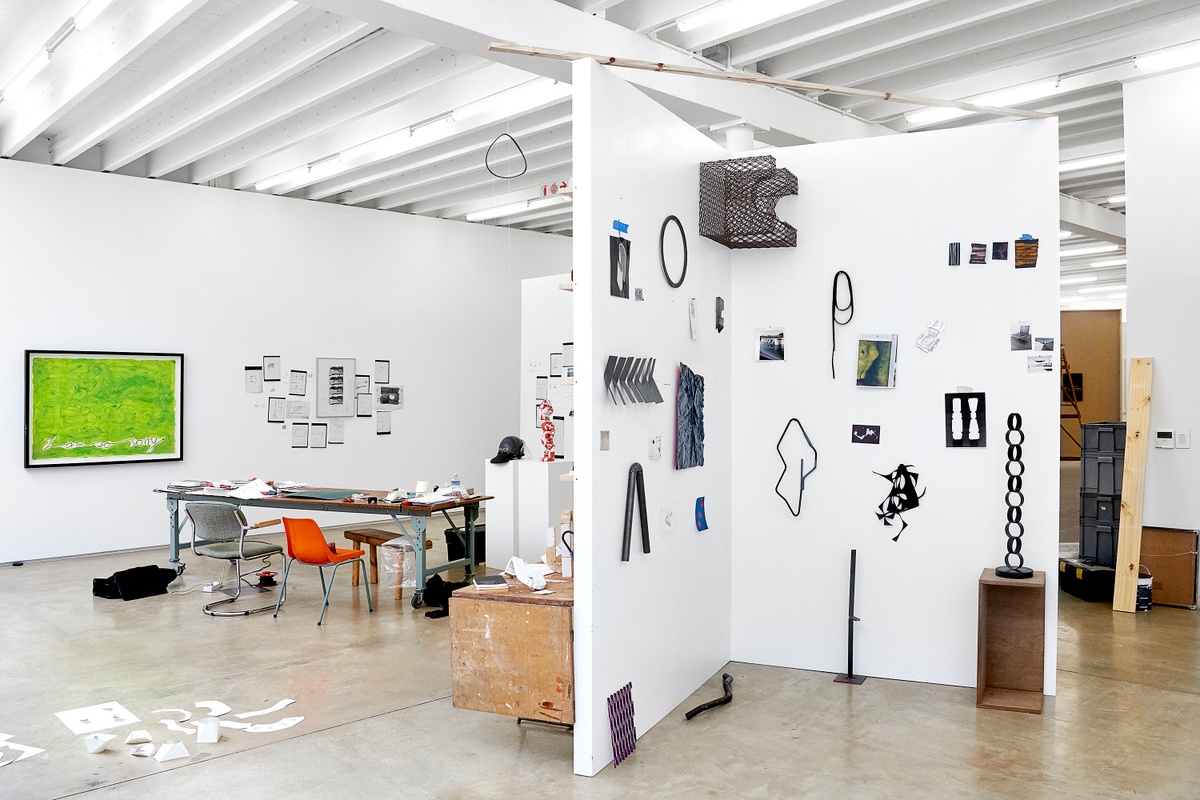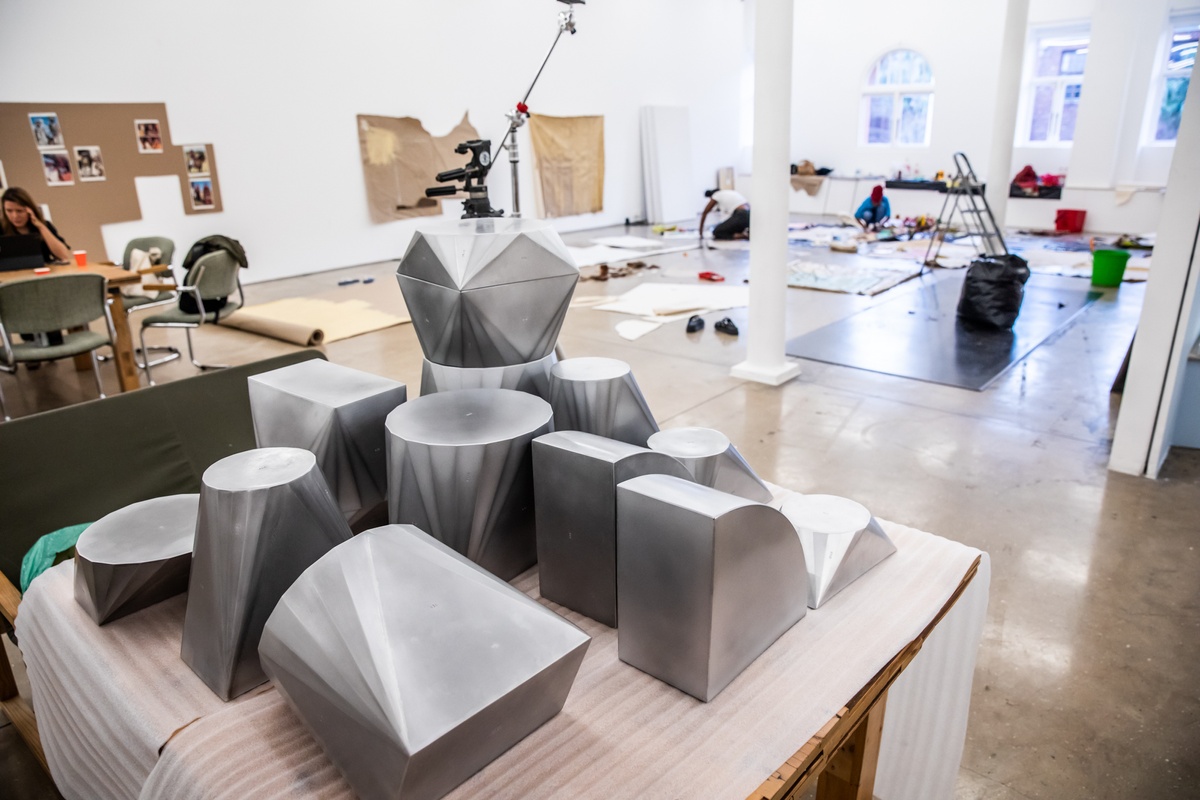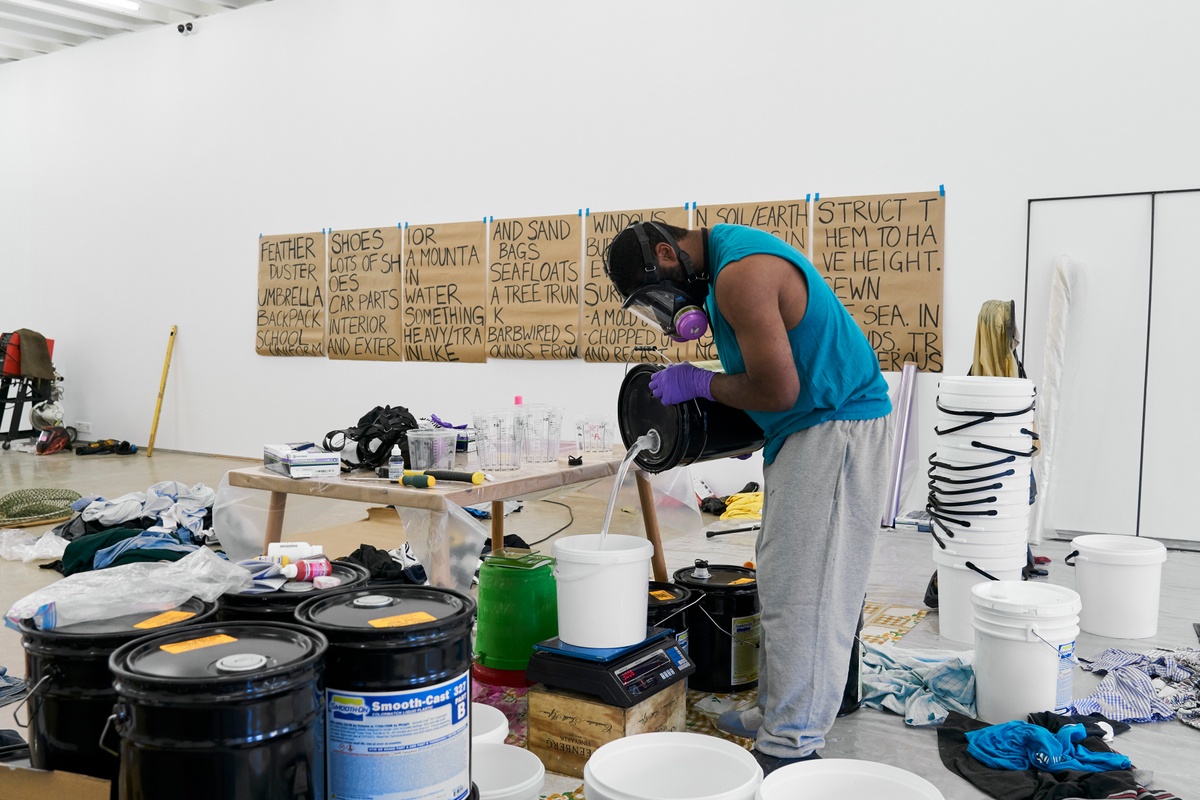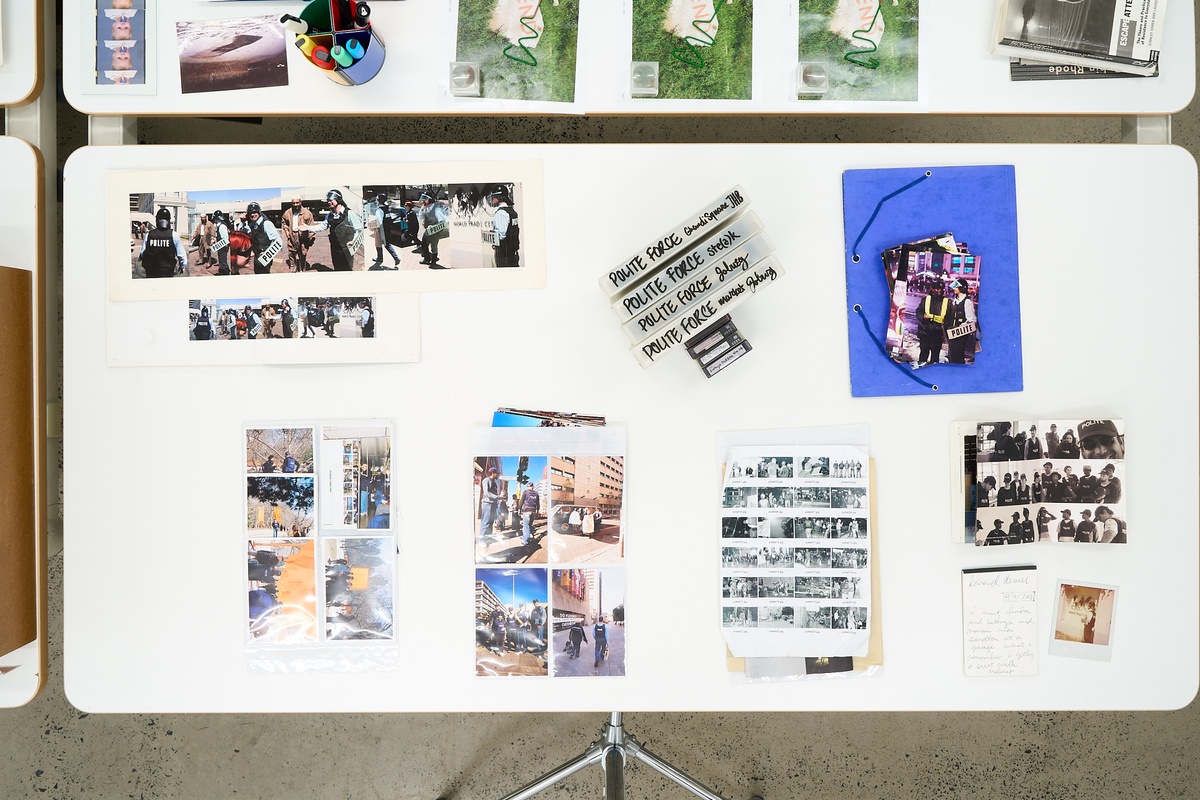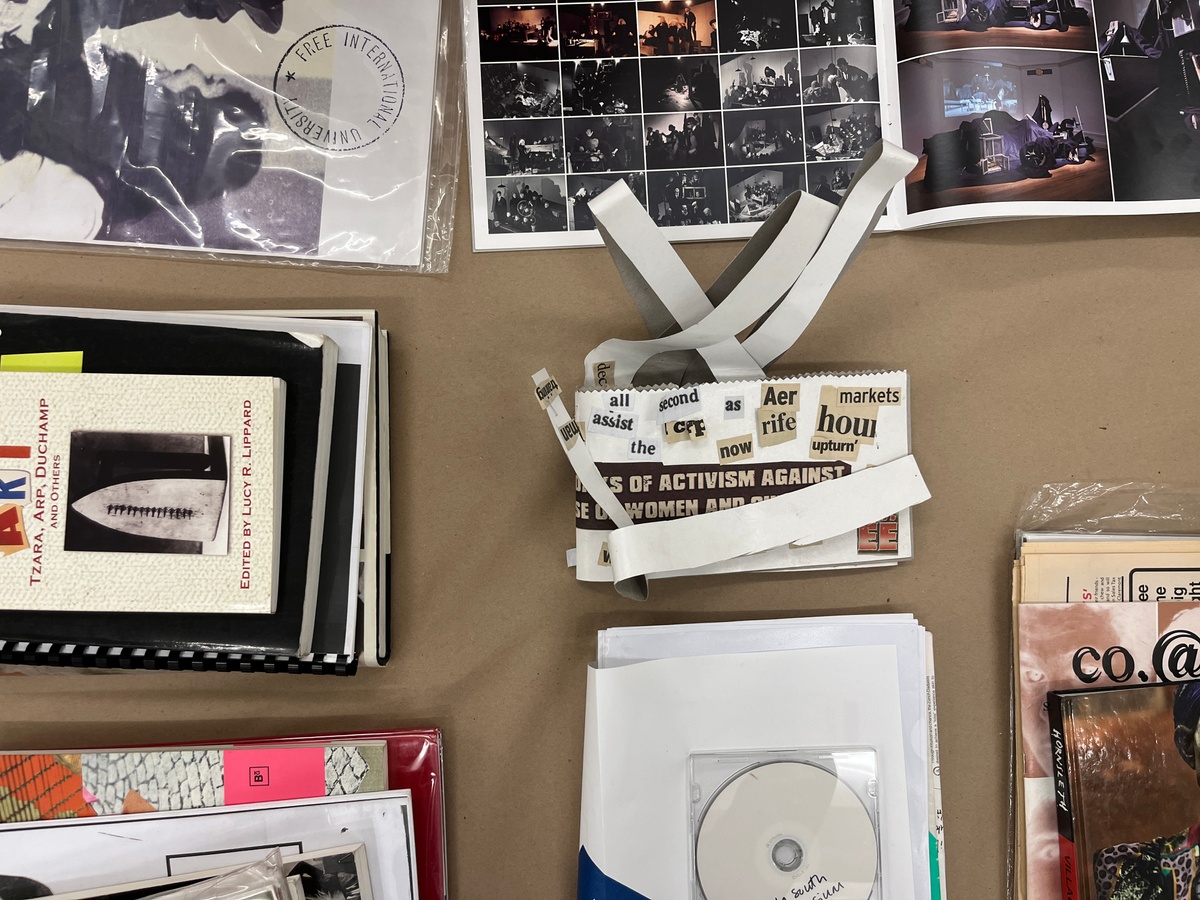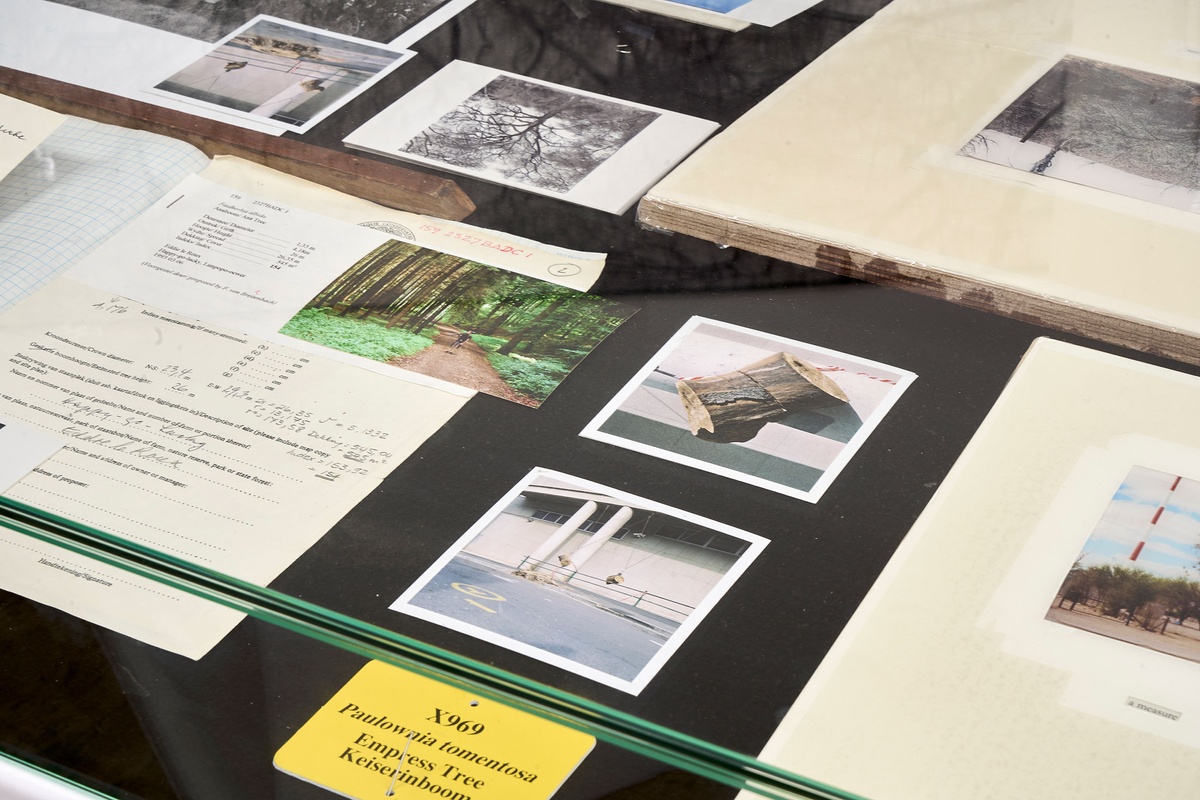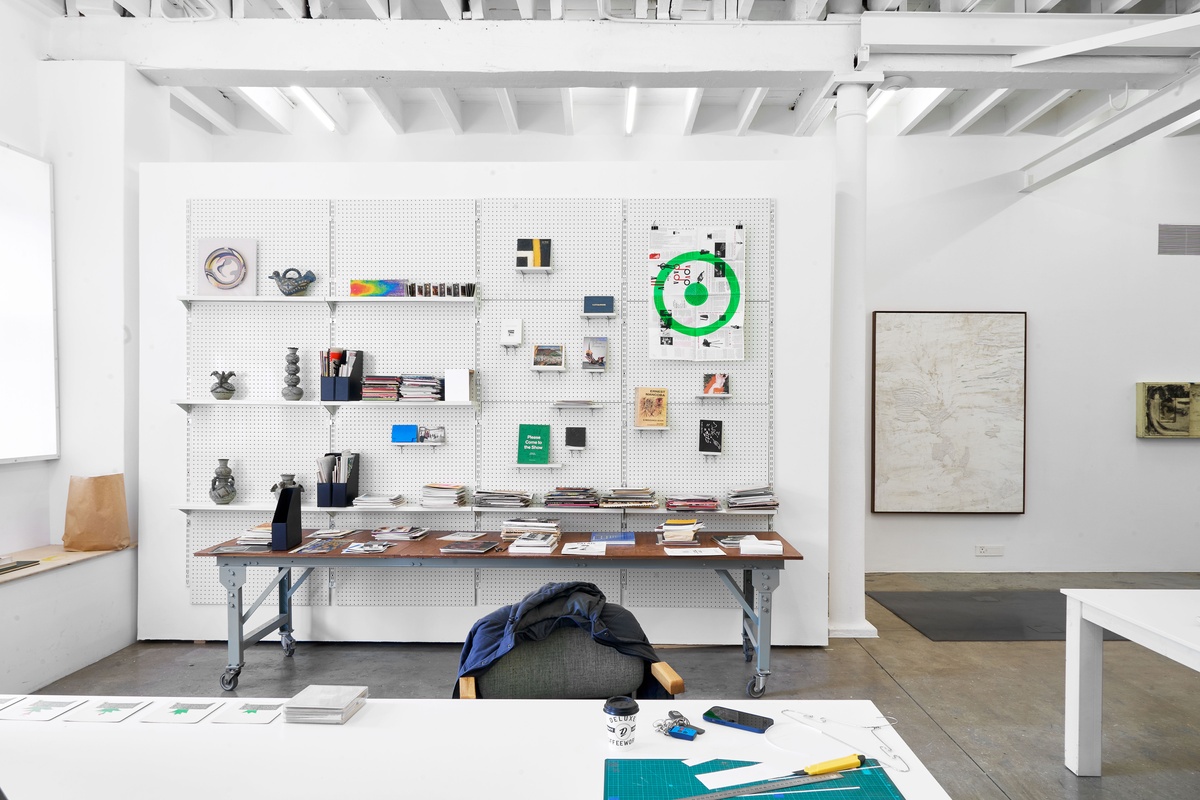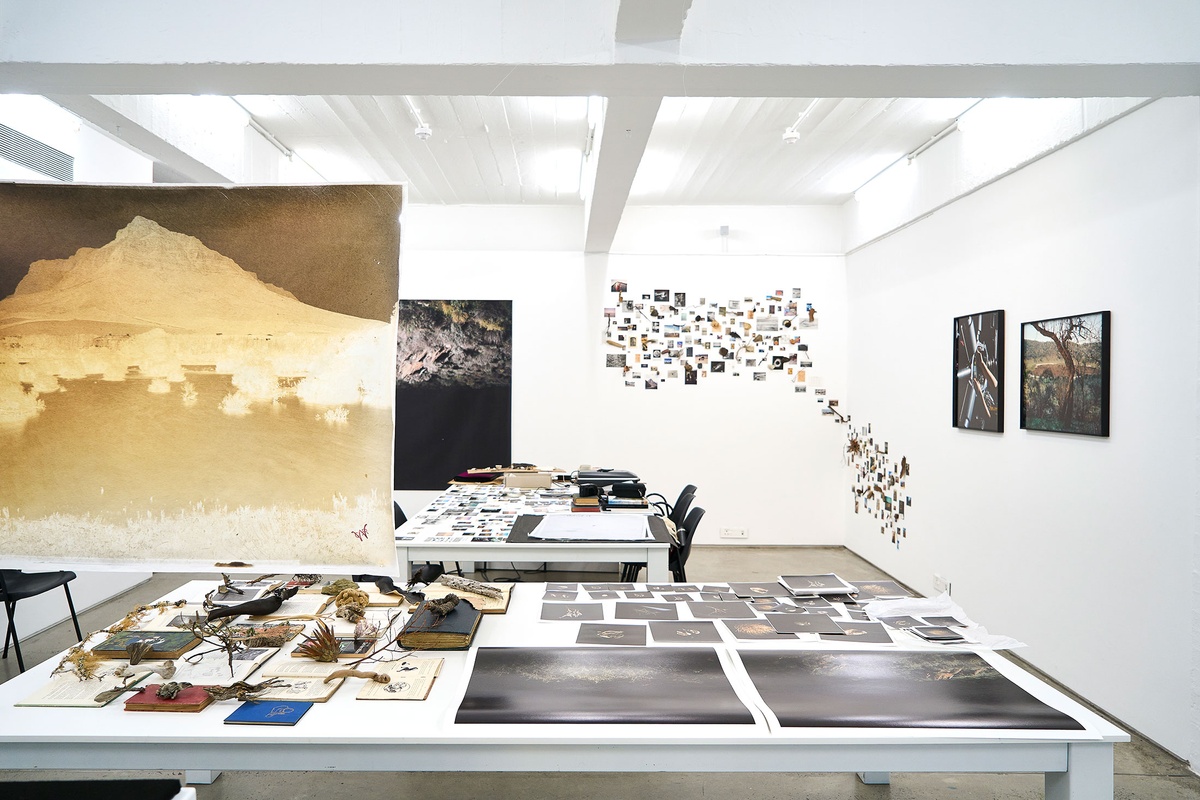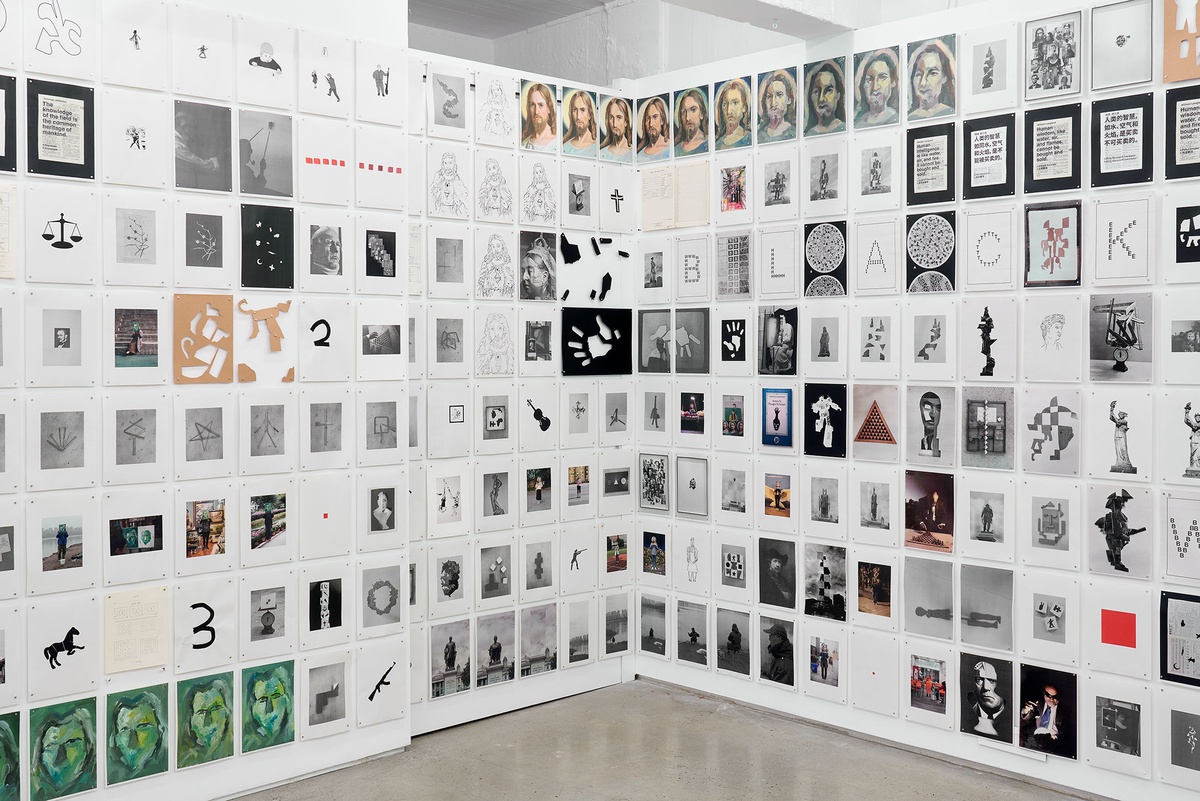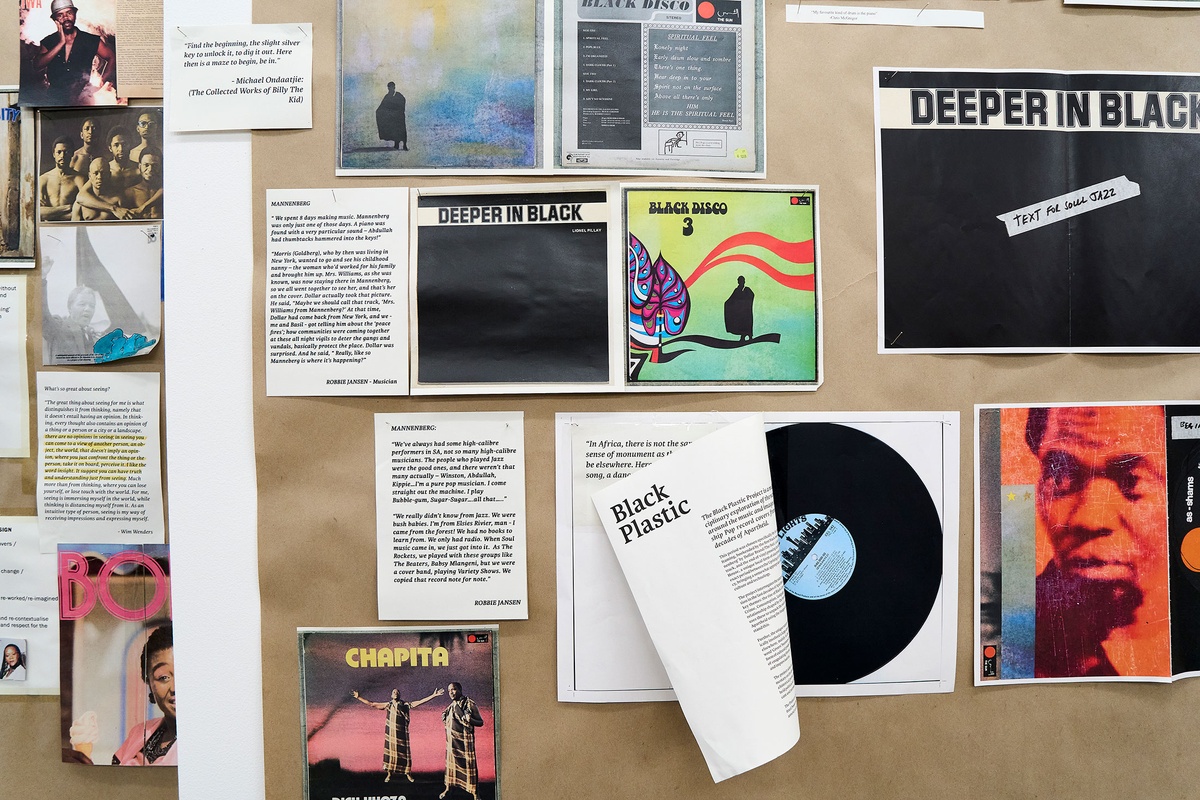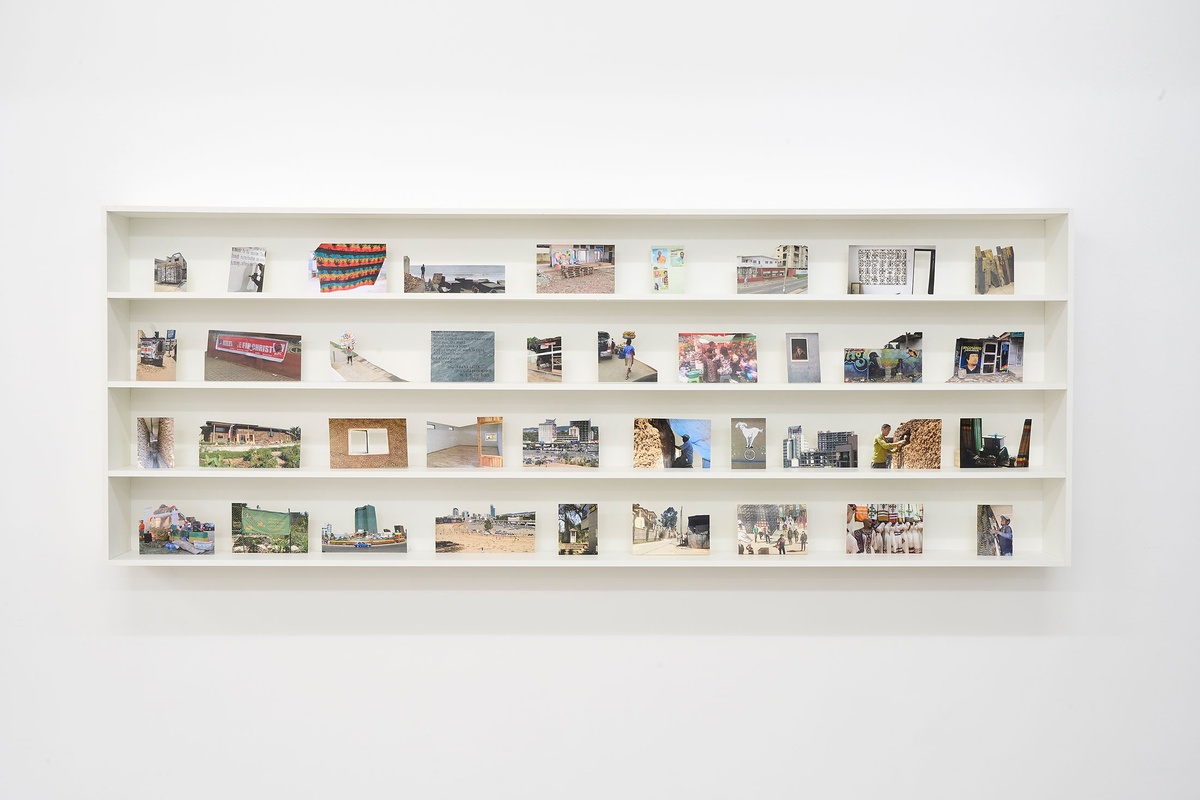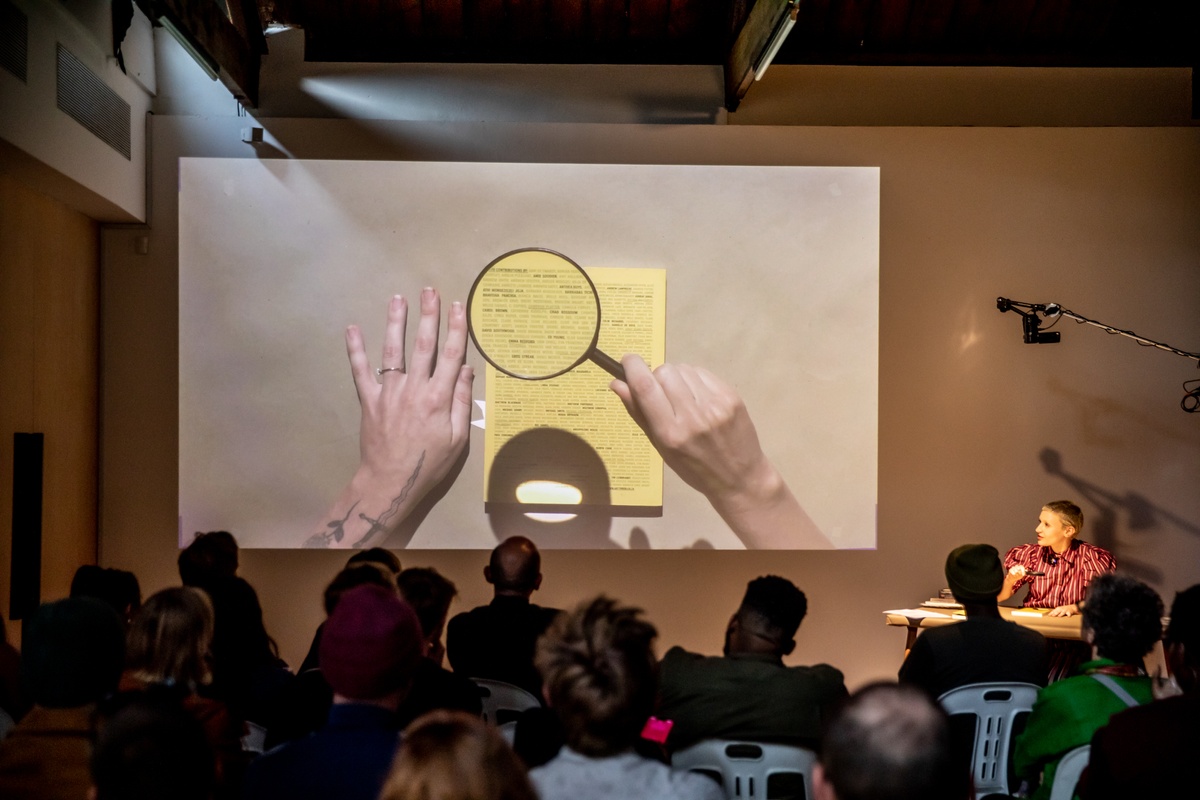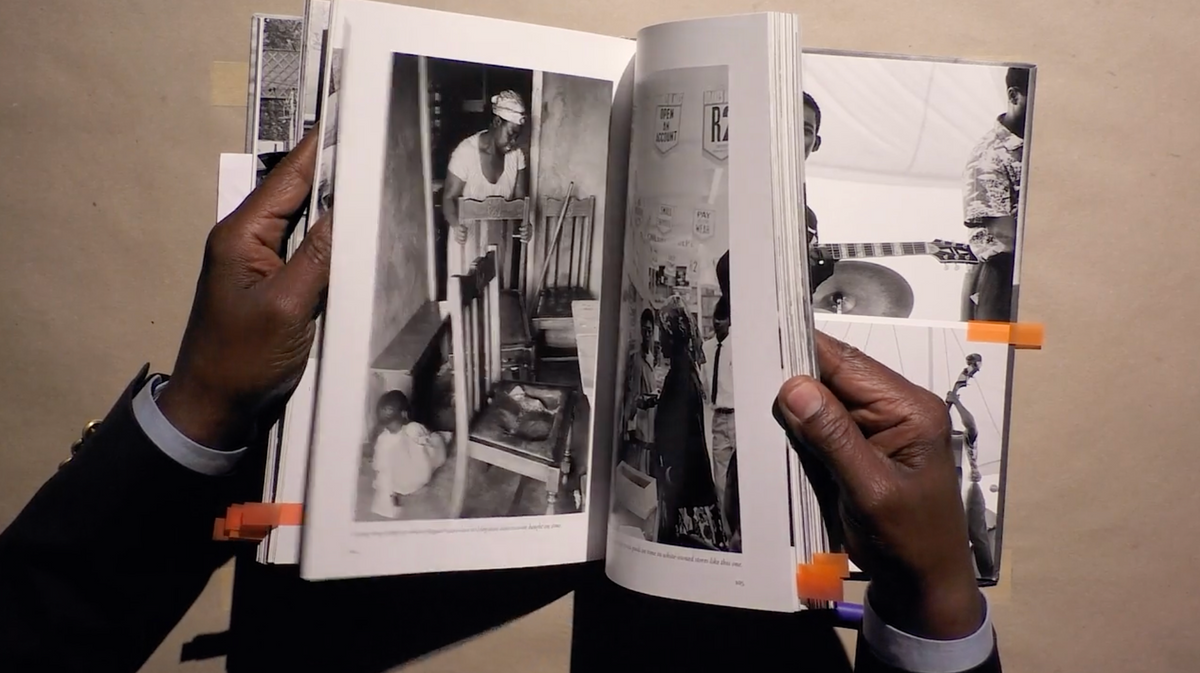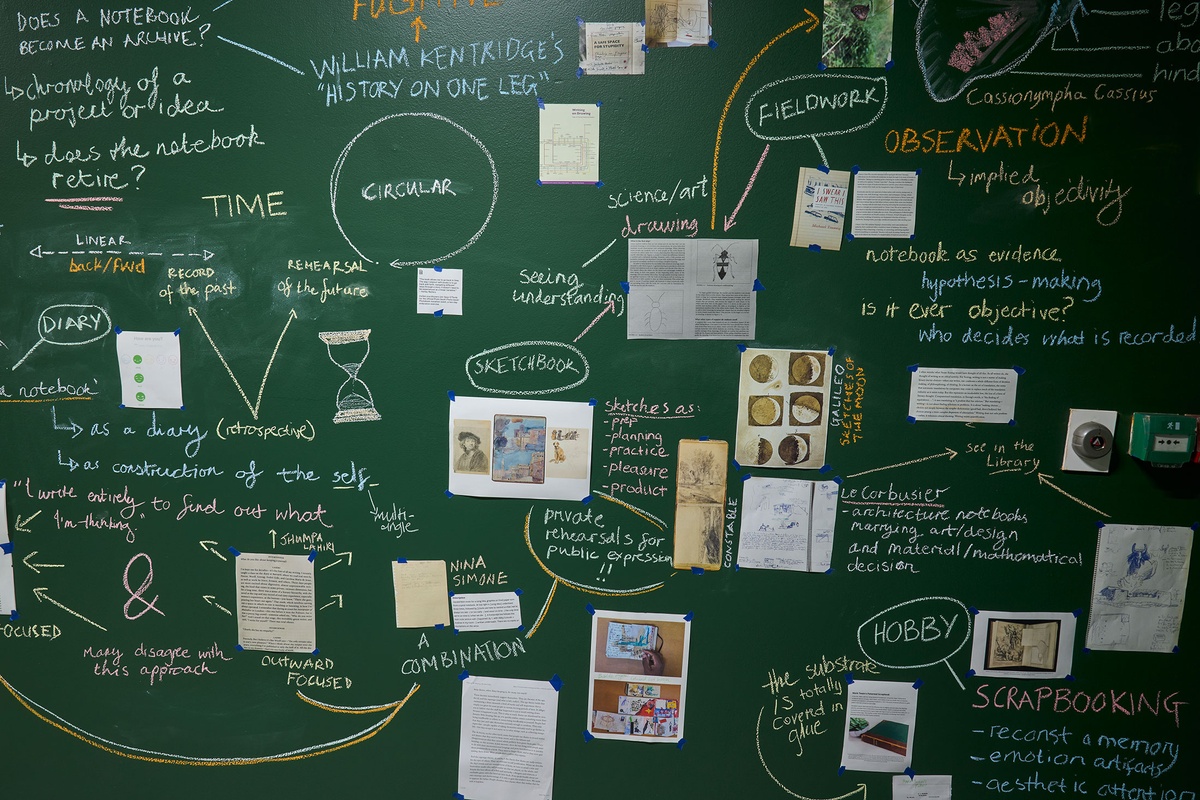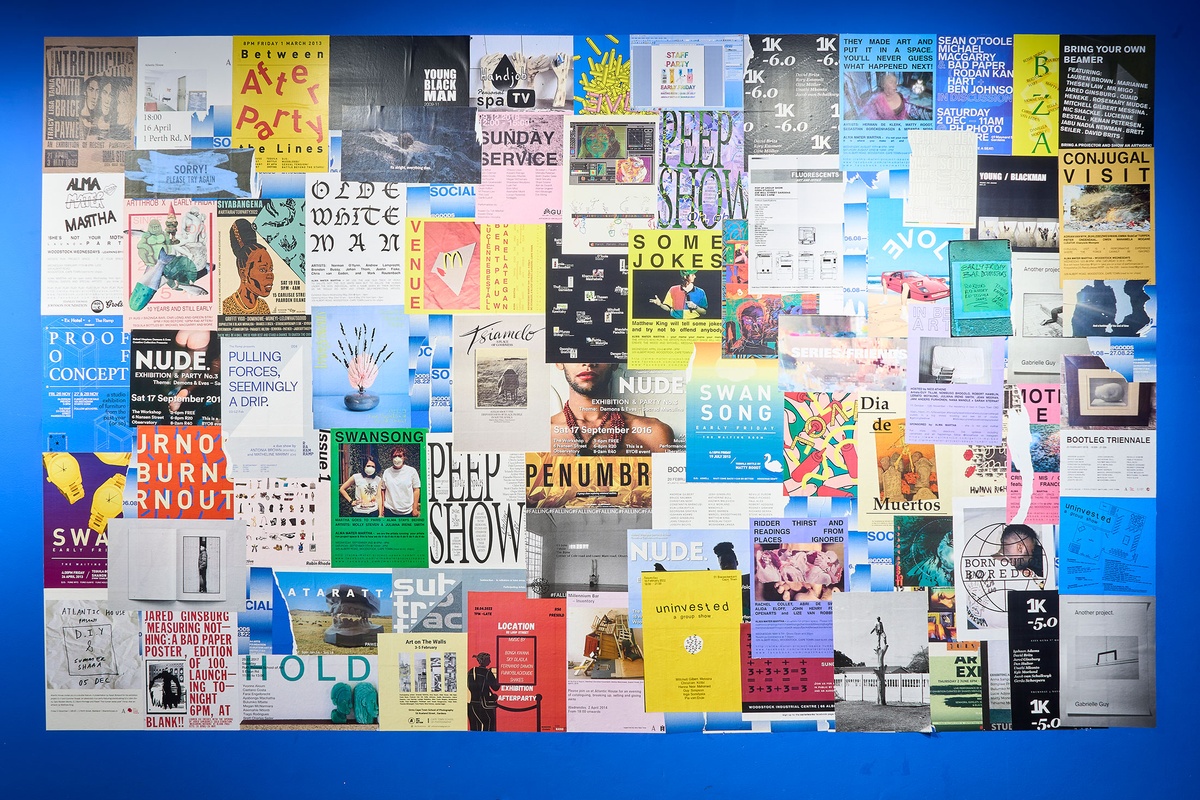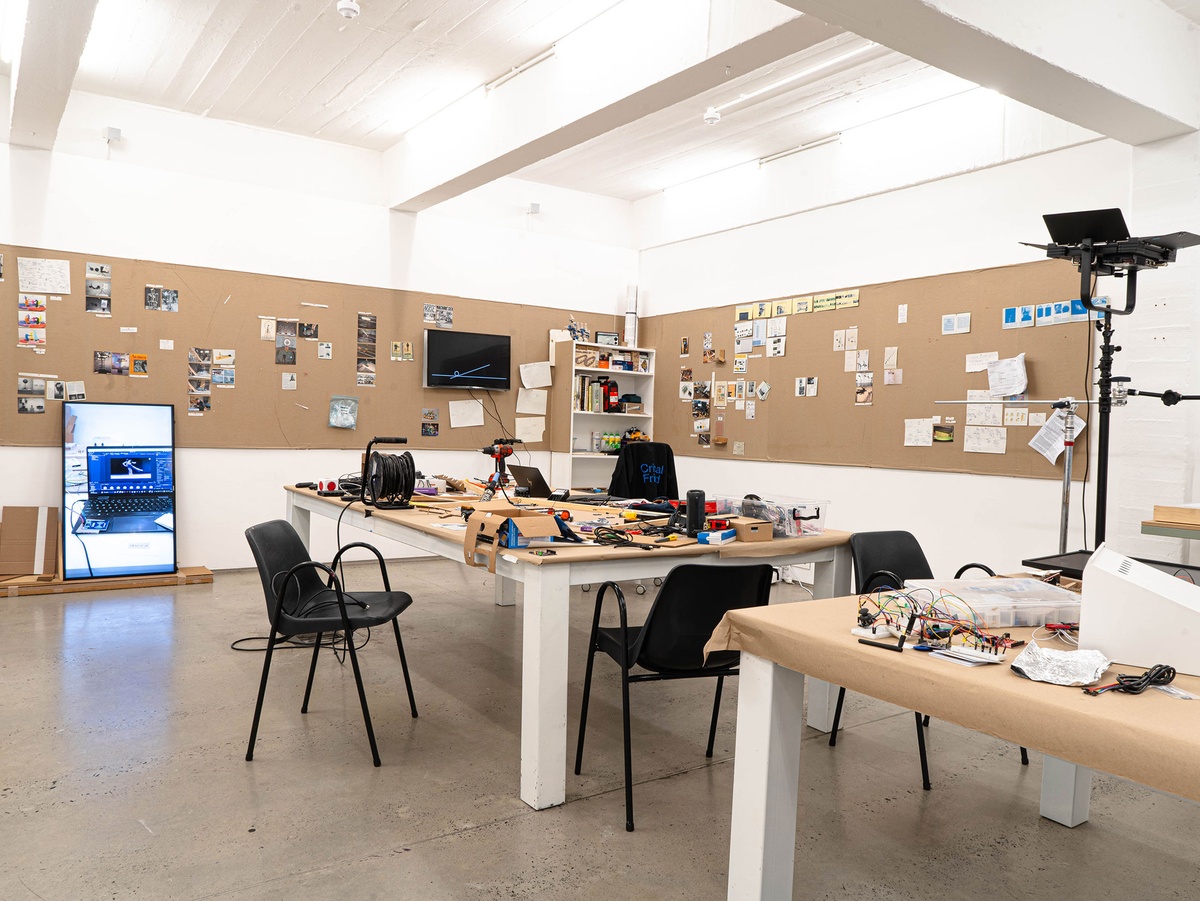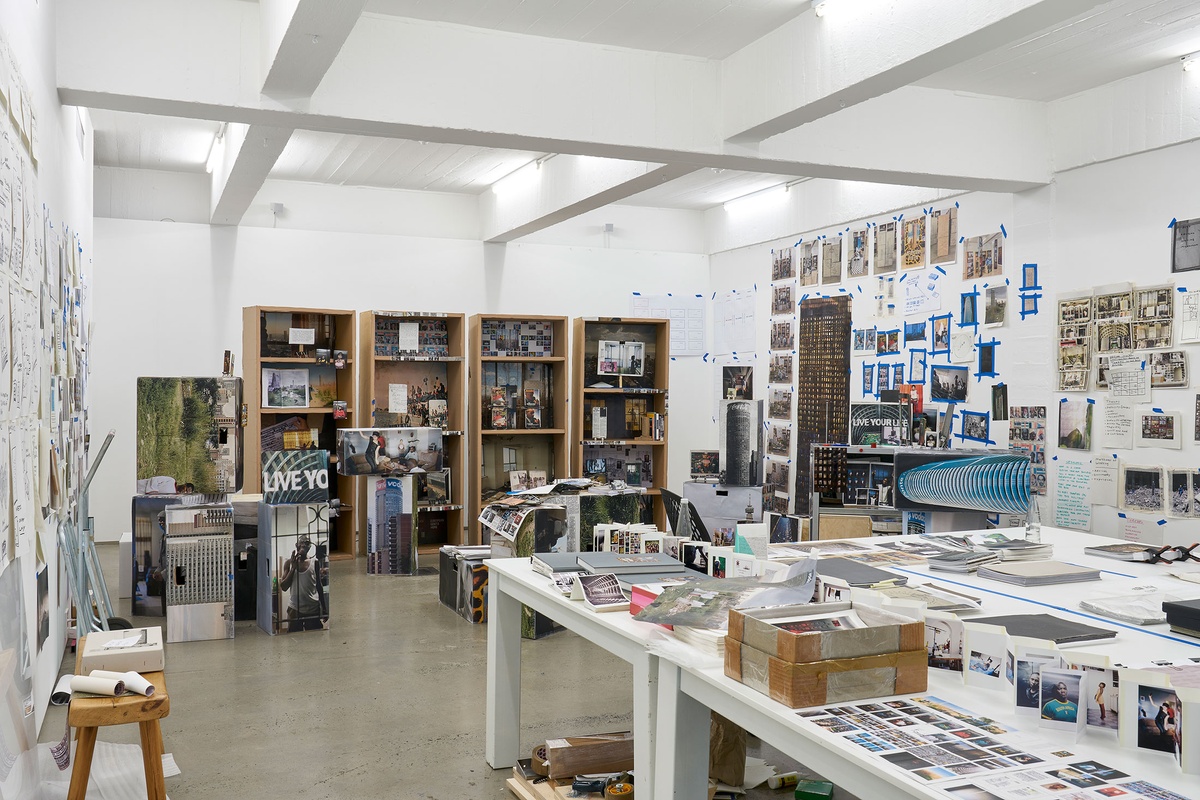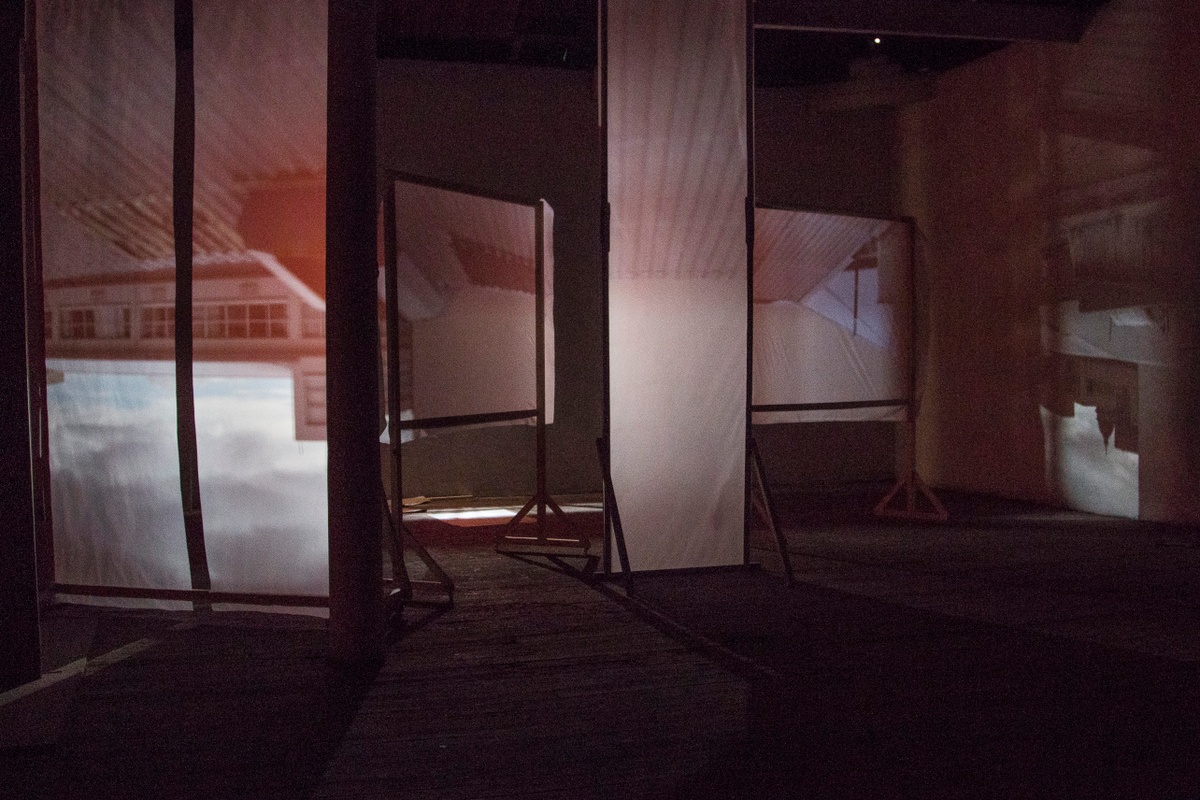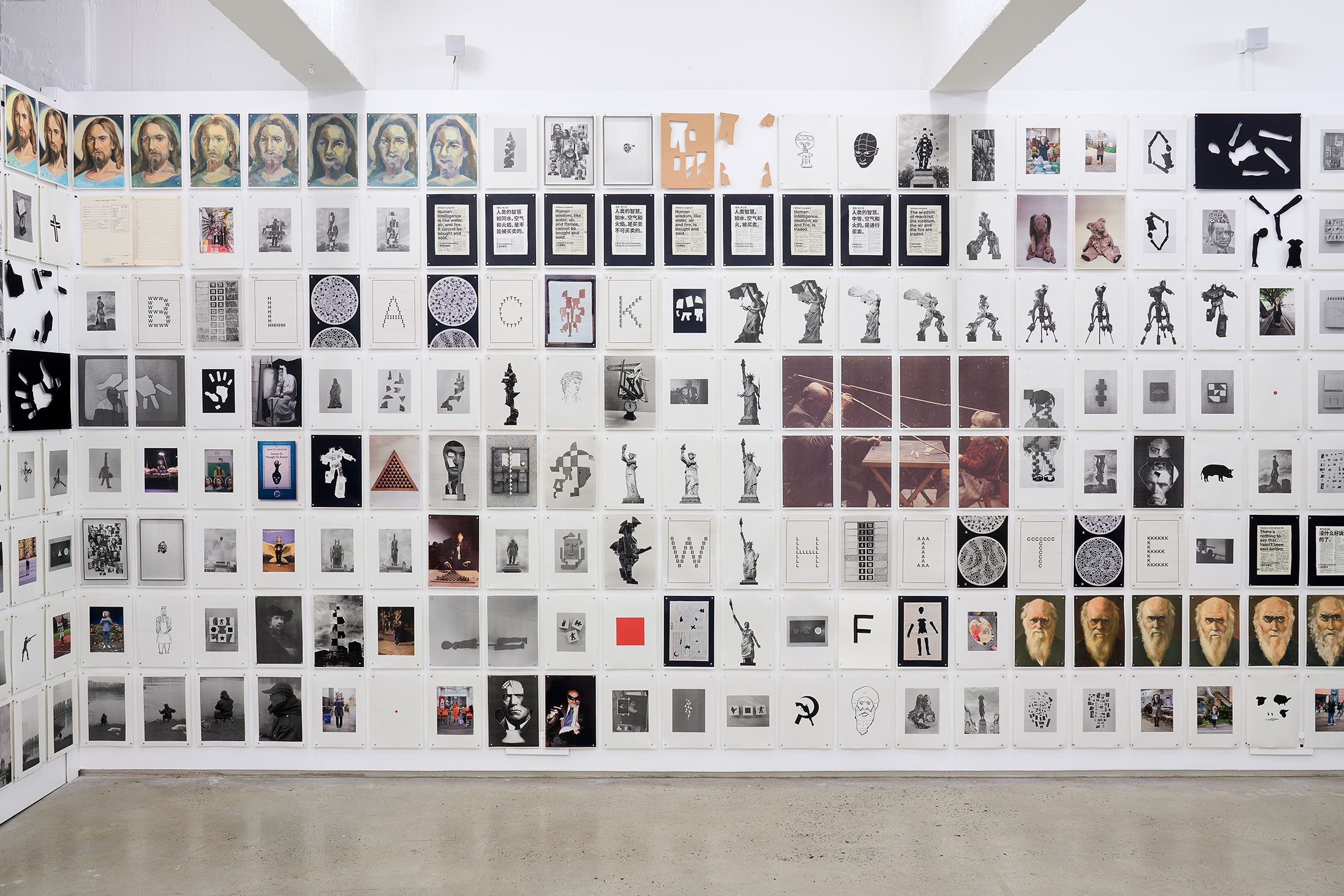
Standard Deviation follows a line of enquiry that recurs across twenty-five years of Patrick Waterhouse's practice. Discrete projects are printed onto A4 sheets of paper. This lends coherent form to the bounty of ideas present in the room. Strung together this way, a series of original artworks, disparate in size and medium, are democratised in a standard form, without hierarchy in this sequence, whether they were first presented as oil paintings made in China, incomplete drawings for a series of lectures by the Burnsteins showing the different levels of sin in Dante's hell, video animations by the artist, to list only a few examples. Collected together, the works appear as iterations, as if the same object was shifted around to make all other things. A red circle that grows smaller. Pieces of a test that are endlessly arranged and rearranged. Standardisation is offered to present a visual acknowledgment of the artist’s preoccupation with ‘dividual’ intelligence: intelligence as a collective, evolving entity shaped by context, iteration, and error rather than being the province of one individual, of one mind. “How do you put thoughts into images in a way that helps people know that thoughts are ideologies? This can be done through putting unlike things together that show their likeness, it can be done through subversion, or intervention,” says the artist. “You need categorisation, but it’s also the start of all the problems, the differences… We need category to understand the world but category can lead to tyranny.” The collected works demonstrate, to quote a phrase that opens the room, how: Every idea is a migrant, or looking beneath this phrase at Waterhouse’s work that references Arthur Schopenhauer, Something can be true and untrue at the same time. “Our ideas bloom from a lifetime’s collection of other people’s ideas,” Waterhouse says.
–
A4's Reading Room is an adaptable space attached to A4's Library and Archive. Intended to solve for form depending on its required function, it is at once a bookish environment for reading and contemplation and a place to unpack artists' archives. The Reading Room's inter-leading doors become walls when locked to create a stand-alone spatial research studio that hosts residents and practices site-specific work that most often is connected to packing and unpacking projects as a form of research.
“If you think about it,” Patrick Waterhouse offers, “We don’t really know our knowledge.” We are standing at an image of Waterhouse’s father performing a reenactment of the Burnsteins. The Burnsteins, says Waterhouse is “whoever you need him to be.” Underdog philosopher, psychologist, impractical intellectual, the Burnsteins presents himself in a tongue-and-cheek reference to the way Montaigne made use of Socrates, as in this excerpt from Montaigne's essay On the Education of Children (trans. 1685):
I hold, and Socrates commands it, that whoever has in his mind a sprightly and clear imagination, he will express it in one kind of tongue or another – Once a thing is conceived in the mind, the words to express it soon present themselves.
The Burnsteins' first book, Absolute Truth and Other Possibilities, became a site for the artist to “playfully engage with material that could be otherwise quite stifling”. The Burnsteins performs all sorts of experiments to test so-called aptitudes and intelligences, while being a host of adaptations and de-diagnostic tools. As such, he provides a smoke-screen for talking about other things: how knowledge is tested and evaluated, categories defined, ‘truth’ established from multiple options. The Burnsteins is a useful heretic able to point out the possibilities that come with slippages. He could be described as ‘the artists’ philosopher’ for the sorts of artists who are looking for the slippages that they themselves catalyse.
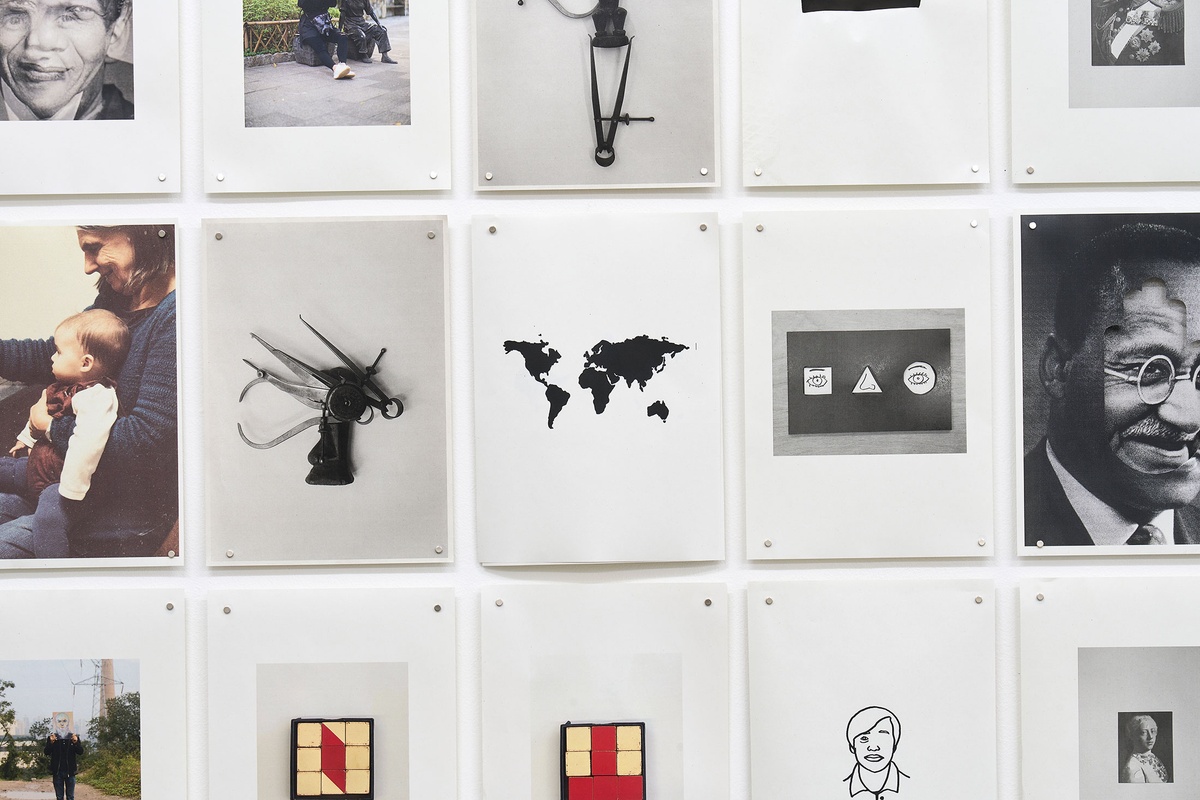
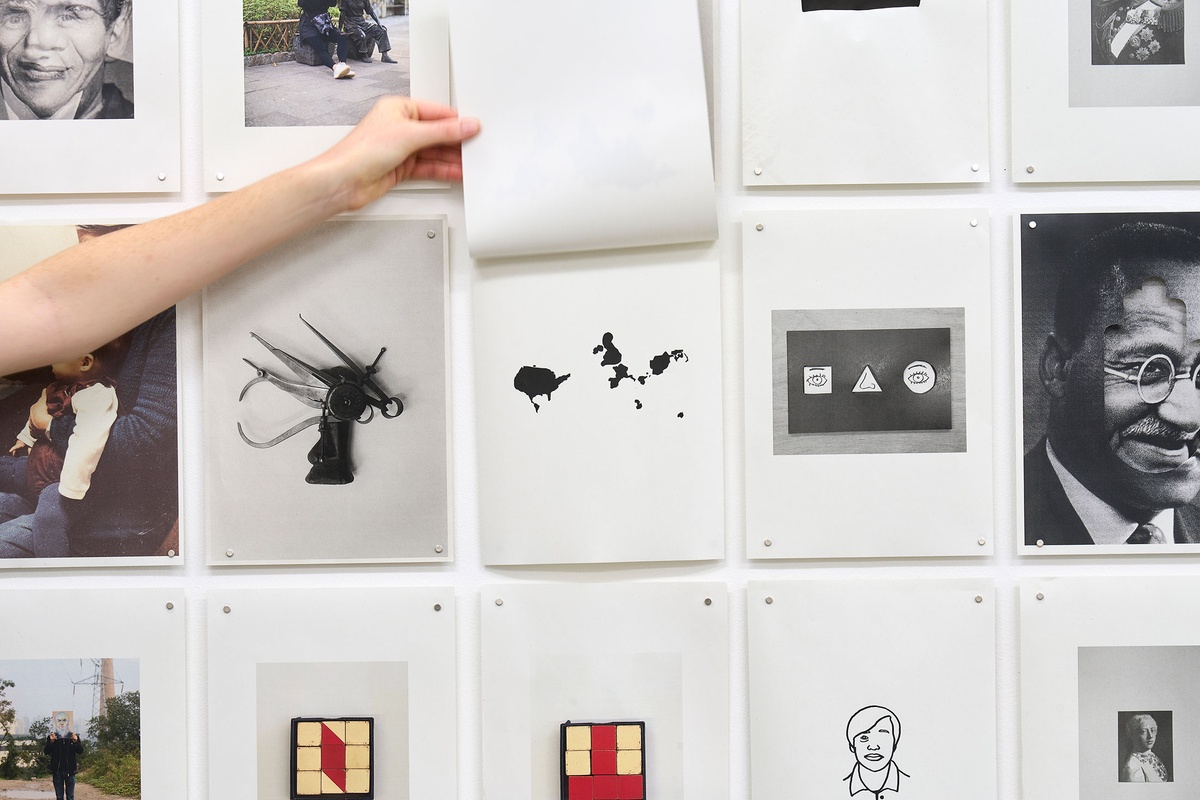
In one of the images on the wall, pieces of puzzles that one is given to test aptitude, IQ and categorise ‘divergence’ from an established norm, has been made by Waterhouse into South America instead of its intended outcome. During a three-day studio visit with the artist in London, July 2024, he discussed the idea of intellectual property, of the ownership of ideas, as having developed from the ownership of land. The frameworks established to claim title to a portion of land were extrapolated to assert ownership over ideas. Land was enclosed, intended to work, to be ‘productive’, prioritising high yields over everything else and this same logical framework was extended to thinking and invention. Benjamin Franklin, as an example, refused to use any patents, believing it would squash innovation.
Standard Deviation asks, “What happens when we attempt to standardise the mind? Through sequences, copies of copies, and iterative games, the installation reveals how information shifts and deforms through repetition. A line of A4 printouts shows Waterhouse’s The Unknown Masterpiece (2022), 31 paintings that began with a painting of Karl Marx (and where Russian constructivism is given the opportunity to take a turn towards abstraction). In Chongqing, China, in what resembles a game of ‘broken telephone’, the artist invited students of Sichuan Fine Art Institute, together with local artists working as sign-painters, and copiers of masterworks, to replicate a painting. Each artist was presented only with the artwork made by the painter before them, and provided with no contextual information as to the origin of the work they were asked to copy. In spite of each painter’s efforts to faithfully mirror what was presented to them, deviations and interpretations occur and compound across the line. At points throughout the room, quotations that Waterhouse gave to Yin Shiyan, who worked as his translator in China, were then placed through translation software, from English to Chinese, back and forth, with outcomes that veer in some cases quite far from the sense of the ‘original’. These processes expose the fragile boundaries between what is considered ‘standard’ and where deviation begins – not as a flaw but as a natural, even necessary, feature of cognition.
This installation for Standard Deviation occurs in the framework of a six-month Course of Enquiry at A4, where a practitioner explores various forms of 'making public' their research, and branches from a much longer engagement between Waterhouse and A4's team. The artist was resident at A4 for ten days in 2022, and we paid him a longer-durational studio visit in London in July 2024 that took place over three consecutive days. On 7 February 2025, Patrick Waterhouse and Hedley Twidle met to talk about their respective Courses of Enquiry at A4 and where their interests intersect over 'tests', Twidle's research into tests for dementia, and Waterhouse's with regards to standardised testing for IQ, aptitude and other.
Sara de Beer
Design:
Ben Johnson

